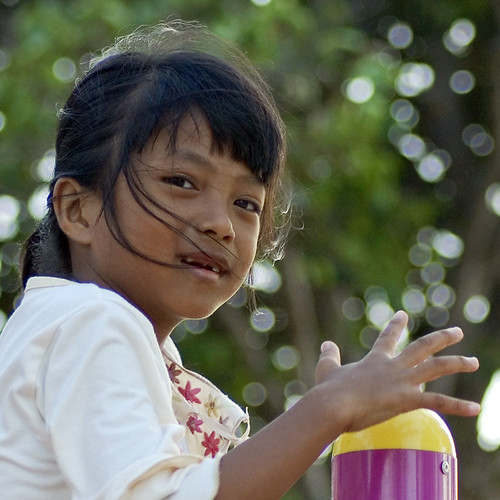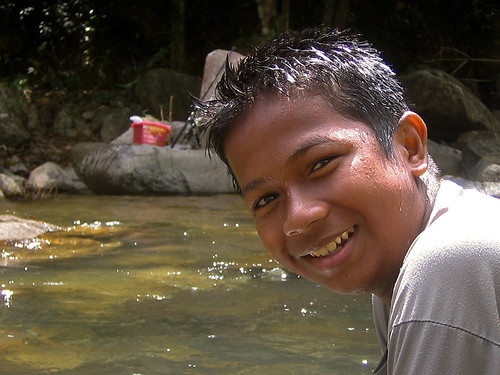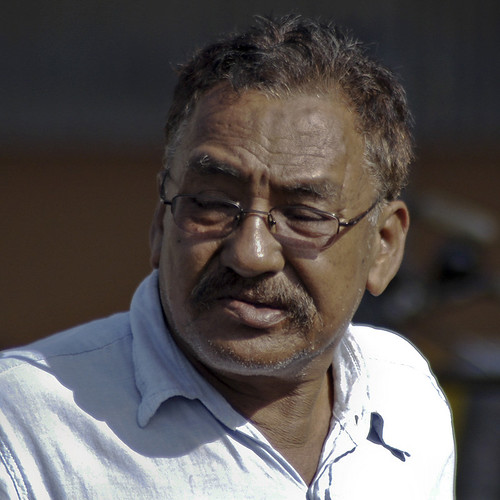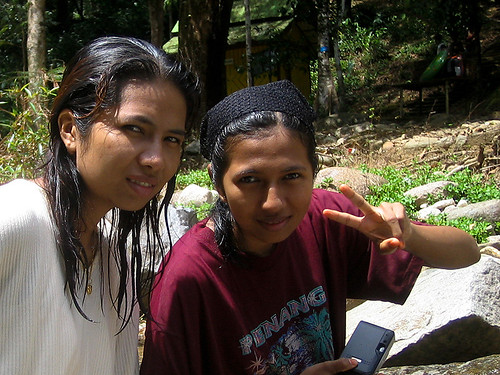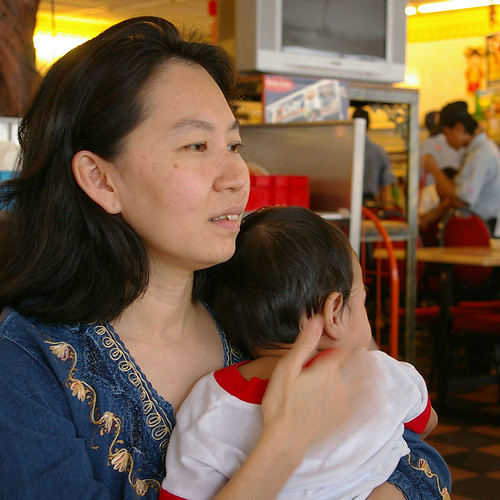Directorial skills of the photographer

Chendering Fisheries Garden, Kuala Terengganu, Malaysia (_DSC1532), originally uploaded by hackspot.
Taken with a Nikon D50 and AF Zoom-Nikkor 70-300mm f/4-5.6G lens
All portraits are staged, so I contend that they are just being themselves in an artificial environment. Whether they are "relaxed" or "comfortable" is a different question and the answer to that is dependent on both the sitter's psychology and the directorial skills of the photographer.
"Natural" vs. "artificial" light is a false dichotomy. It is false as in the distinction lies two implications:
- that the photographer has given up some degree of control over a very fundamental formal aspect of their photography.
- that natural light is somehow more "trustworthy."
Some photographers may be more comfortable just taking things as they find them (I sometimes am), but that doesn't relieve you of the decision of when and where and how to make the photograph.
"If they wear a ton of make up who am I to say they can't." Of course they can! It's their choice. But if you think it looks bad, why, don't you think you have an obligation (as the person making the photograph) to point that out?
Labels: AF Zoom-Nikkor 70-300mm f/4-5.6G, Nikon D50, People, Philosophy of Photography, Photography, Portrait


